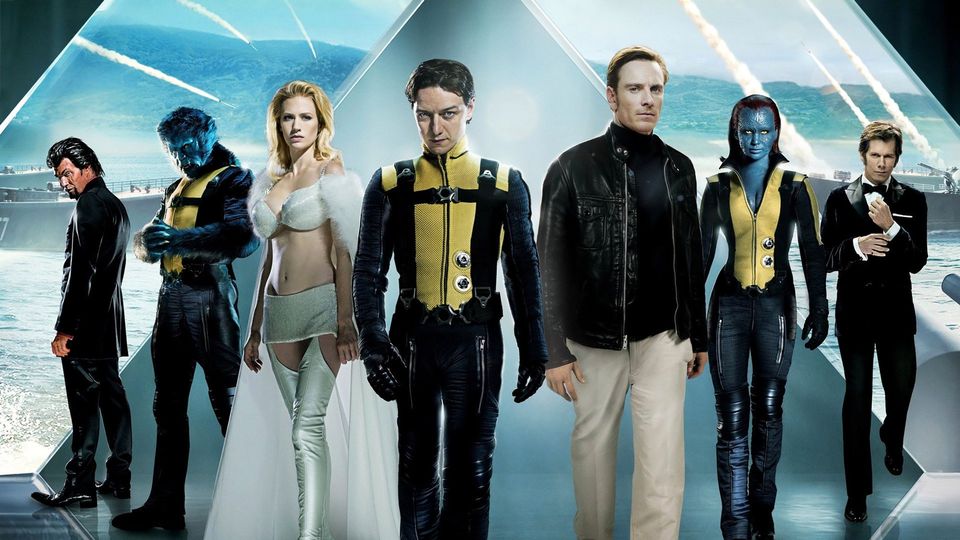Just over ten years ago, Matthew Vaughn delivered an amazing origin story for the X-Men, which despite being ten years old, is still one of the best X-Men films to come out. Why is that?
Firstly, it is a simple story. The plot was simple enough and made sense for the audience to understand, unlike Days of Future Past. The stakes were clearly defined, and Sebastian Shaw was a terrifying but charismatic villain, though having Kevin Bacon in the role gives an unmeasurable advantage in that department. But it is a lot better than villains of future movies, like in X-men Apocalypse.
The setting also aids in the plot’s simplicity, with the 1963 Cuban Missile Strike providing extra tension to the film. The 1960s make sense for an X-men setting as well, as the prejudice the mutants suffer is in turn a stand in for racial prejudice.
This is explored to some degree, through Raven’s arc and also with the America and Russian Navy willing to open fire on those who have just averted nuclear war. However, the minority character that was in the film, Darwin, gets very little exploration and is killed quickly, somewhat dropping the ball in terms of what could have been explored with the character
I’ve mentioned the excellence of Kevin Bacon already, but it would be unfair of me to ignore the leads of the film. Charles Xavier is played by James McAvoy, and Erik Lensherr played by Michael Fassbender are both well cast, and had huge boots to fill from Sir Patrick Stewart and Sir Ian McKellen, and they both perform very well in their roles.
The relationship between Charles and Erik is one of close friends, it is clear that they are better off together, Charles helps Erik become more peaceful while Erik helps Charles to realise that humans aren’t as good as he thinks they are. Their split at the end of the film is tragic, made worse by the fact that it was Erik that caused Charles’ paralysis.
This film’s interpretation of Erik/Magneto is the highlight of the film for me. Seeing his tragic origins, to hunting Nazis and then Shaw alone all contribute in meaningful ways, culminating in his endpoint as the villain Magneto. I have already mentioned his relationship with Charles, but his interactions with Raven help her realise her arc. His murder of Shaw is when he truly becomes a villain, admitting that he agrees mutants are superior, but then also taking his rage out on Shaw.
This whole scene is cut and shot extremely well, echoing the first scene of the film but now it is Charles experiencing the pain. This is shown through the cutting to the coin and Charles, and the camera panning sideways. The final scene of the film brilliant as well, showing Erik fully accept the title Magneto and a now villainous role. The costume and music in this scene are perfect.

Jennifer Lawrence’s character of Raven is very well acted too, and we get to see her in her blue form, which later films didn’t make as good use of. Her arc of learning to fit in is great, as it starts with her not accepting her blue form but by the end of the film, she had a much greater acceptance of it. Shame then that the other films made less use of the makeup.
One honourable cameo was Hugh Jackman’s cameo, which while time line breaking (X-men films have a tradition of breaking their timeline every film, so this is not an issue), was a hilarious laugh out loud moment.
Overall, even though this film is over ten years old, it holds up as one of the best X-men films, especially considering some of the offerings that were shown afterwards like X-Men Apocalypse, Dark Phoenix and The New Mutants. Though it must be conceded that this film doesn’t top Deadpool or Logan.
This film is great to rewatch, or as a starting off point for new fans of the franchise.
By Kieran Burt
Feature image: Marvel Studios / 20th Century Fox

